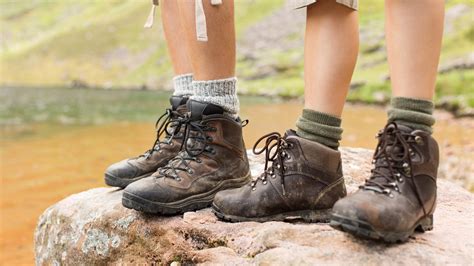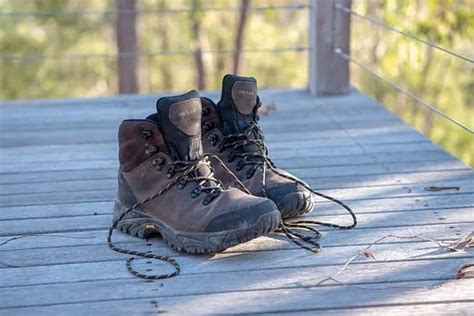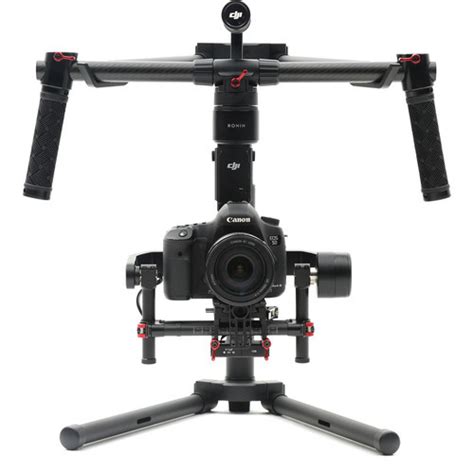Why Proper Boot Drying is Essential
There’s nothing quite like the feeling of fresh air on a challenging trail, but a sudden downpour or an unexpected river crossing can leave your hiking boots soaking wet. While it might seem like a minor inconvenience, drying your boots correctly and promptly is vital for several reasons: it prevents mildew and bacteria growth (which leads to odor and potential foot issues), preserves the boot’s materials (like leather, synthetics, and membranes), and ensures they’re ready for your next adventure without premature wear and tear. Improper drying can irreversibly damage your expensive footwear, so knowing the best techniques is a game-changer.
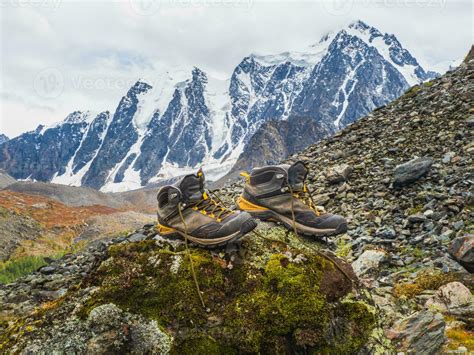
Methods to Avoid at All Costs
When faced with soggy boots, the temptation to speed up the process can lead to damaging mistakes. Avoid these methods:
- Direct High Heat: Placing boots directly next to a roaring campfire, a blazing fireplace, or on top of a radiator can cause leather to crack, synthetic materials to melt, and waterproof membranes (like Gore-Tex) to delaminate. The glues holding your boots together can also weaken.
- Tumble Dryers: The high heat and tumbling action of a clothes dryer are far too aggressive for hiking boots, leading to significant damage and warping.
- Leaving Them Packed Away: Simply tossing wet boots into a bag or closet allows mold and mildew to flourish, leading to irreparable smell and material degradation.
The Safest and Most Effective Drying Methods
The goal is to facilitate airflow and absorb moisture gently. Here’s a breakdown of the best strategies, from passive to safely accelerated:
1. Initial Preparation and Passive Drying (The Foundation)
Before any drying method, prepare your boots properly:
- Remove Insoles and Laces: Take out the insoles and laces to allow maximum airflow into the boot’s interior. You can dry insoles separately, ideally by hanging them.
- Clean Off Dirt: Rinse off any mud or dirt from the exterior of the boots. This prevents dirt from setting in and further inhibiting drying. Shake out any debris from the inside.
- Open Up the Boots: Splay the boots open as much as possible, perhaps by inserting a small, clean towel or a narrow stick to keep the collar wide.
- Place in a Well-Ventilated Area: Position the boots in a cool, dry, well-ventilated spot indoors. An open window or near a fan is ideal. Airflow is key to wicking away moisture.
This passive approach is the safest but can take 24-48 hours, depending on saturation and environmental conditions.
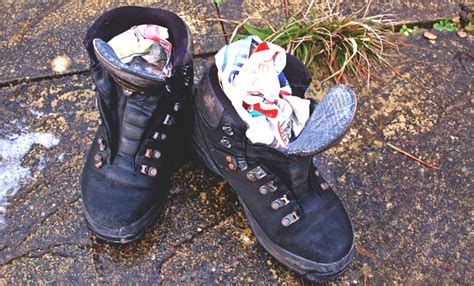
2. Accelerating the Process Safely
Once the initial preparation is done, you can speed things up:
a. Newspaper or Paper Towels (The Classic Method)
Crumple up newspaper (black and white print is best to avoid color transfer) or plain paper towels and stuff them tightly into your boots. The paper is highly absorbent. Change the paper every few hours as it becomes saturated. This method significantly cuts down drying time, often reducing it by half or more.
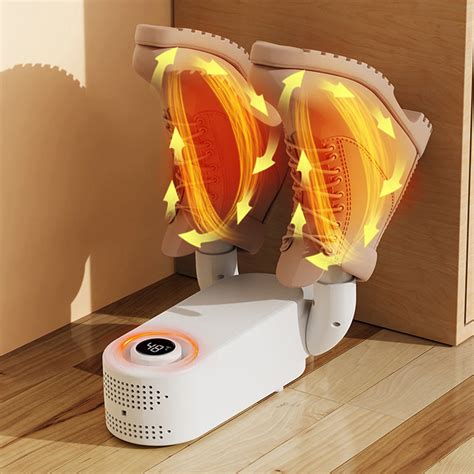
b. Electric Boot Dryers (The Most Efficient Safe Method)
These devices circulate warm (not hot!) air or use convection to gently dry the inside of your boots. They are specifically designed for footwear and are one of the most effective and safest ways to dry boots overnight. Look for models with a timer and variable heat settings.
c. Fans or Dehumidifiers
Placing your boots in front of a circulating fan dramatically increases airflow, accelerating evaporation. A dehumidifier in the room will also actively pull moisture from the air, creating an optimal drying environment for your boots.
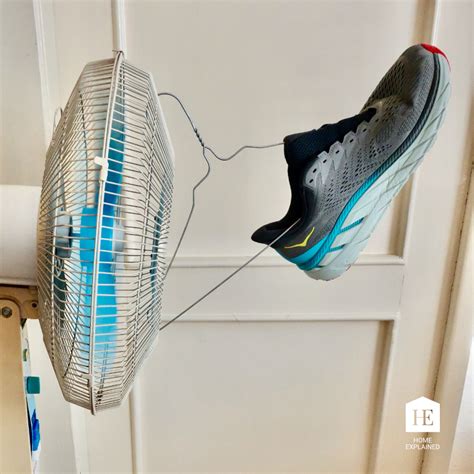
3. Outdoor Drying (Weather Permitting)
If you’re out in the wilderness, hanging your boots upside down from a tree branch or tent line (allowing water to drain out) can work, especially if there’s a breeze and no direct sun. While sunlight offers UV benefits, prolonged, direct exposure can damage materials, so choose a shady, breezy spot.
Final Tips for Boot Longevity
- Don’t Over-Dry: Once your boots are dry, remove them from the drying method. Over-drying can still cause materials to become brittle.
- Condition Leather: If your boots are leather, reapply a leather conditioner or waterproof treatment once they are completely dry to restore their suppleness and water repellency.
- Store Properly: Store dry boots in a cool, dry, well-ventilated area, ideally with shoe trees or crumpled paper inside to help them maintain their shape.
By following these safe and effective drying methods, you’ll ensure your hiking boots stay in top condition, ready for countless more adventures on the trail.
